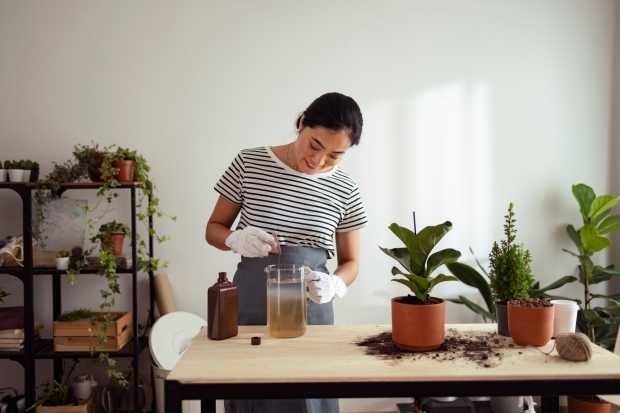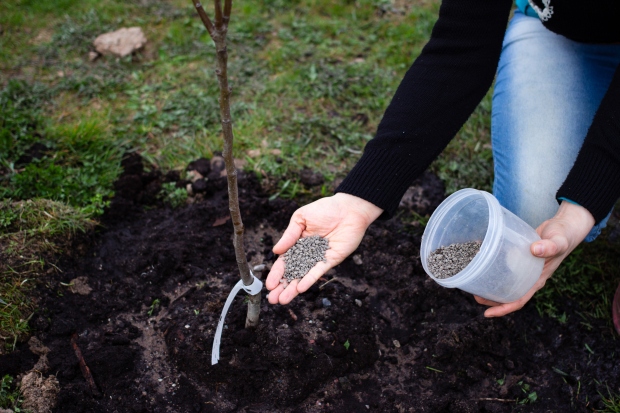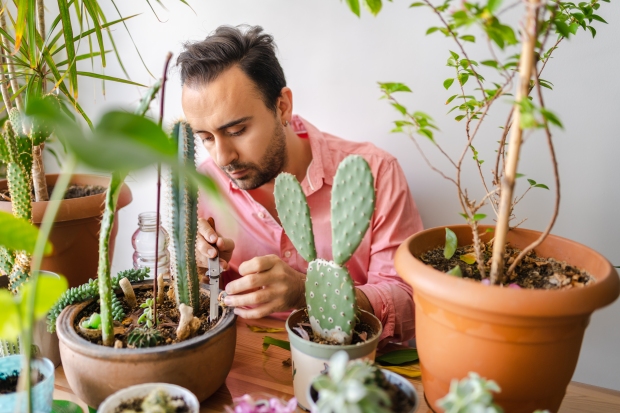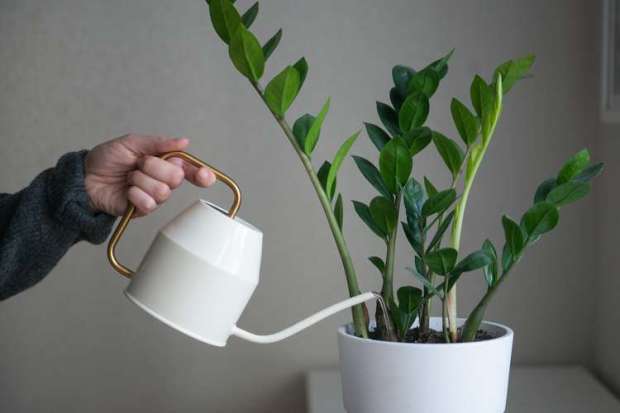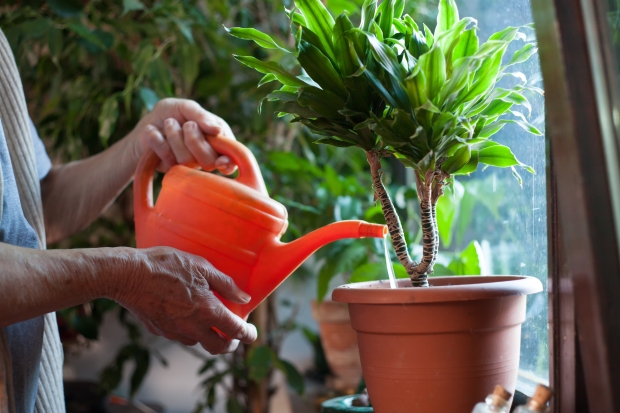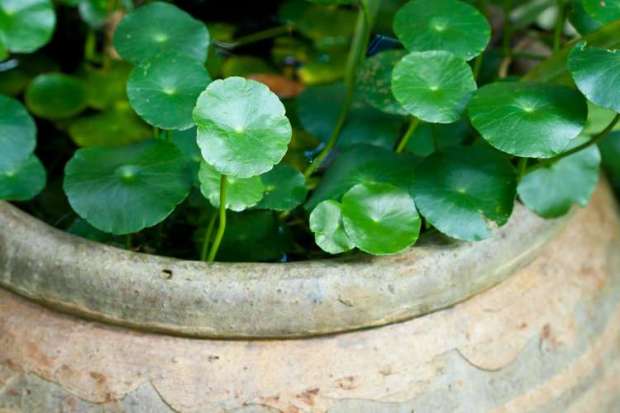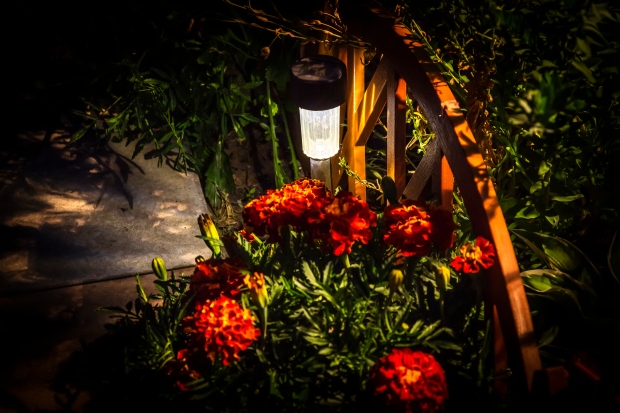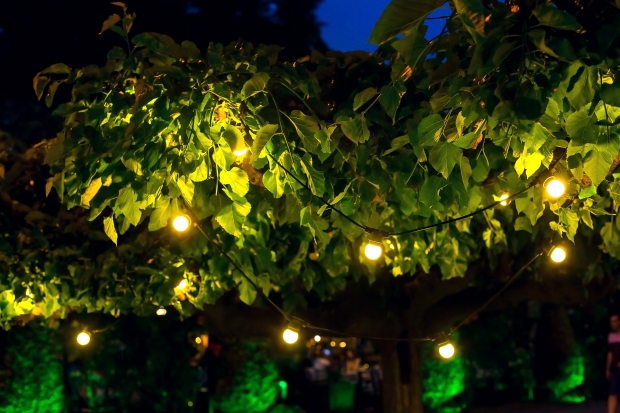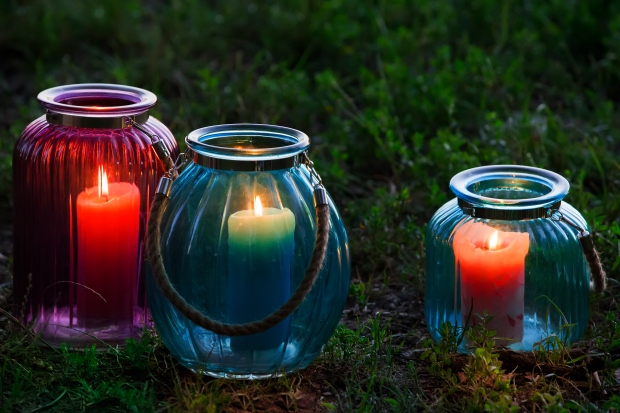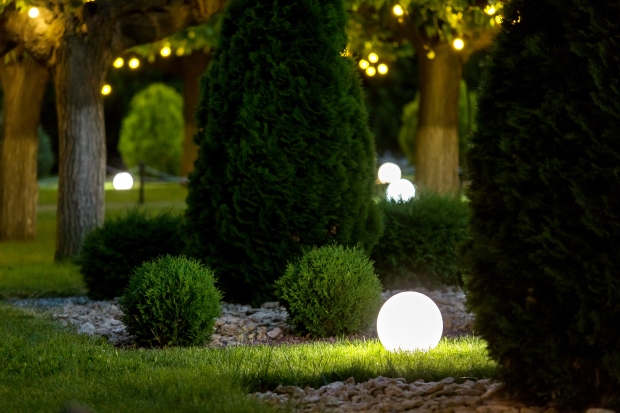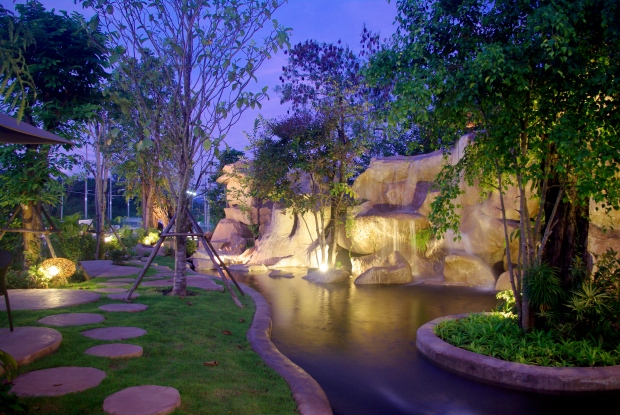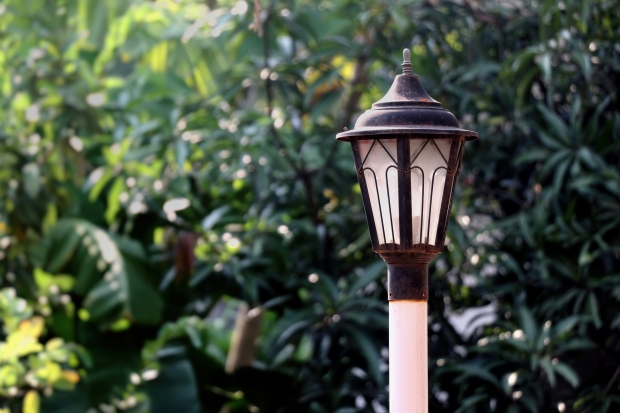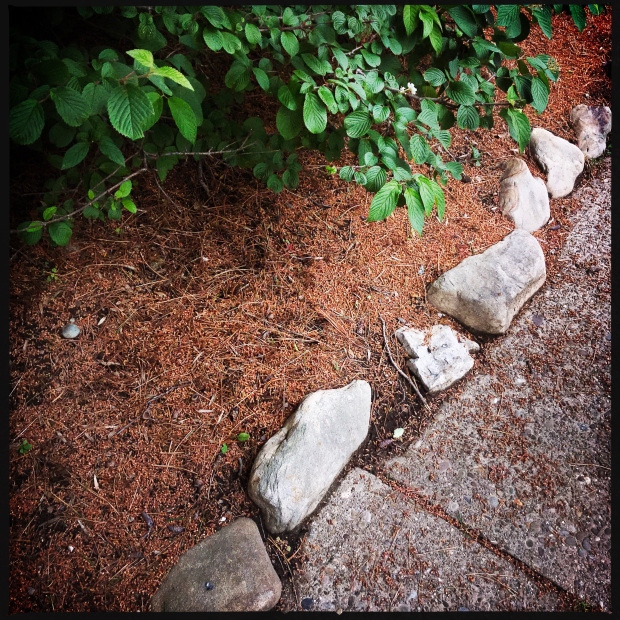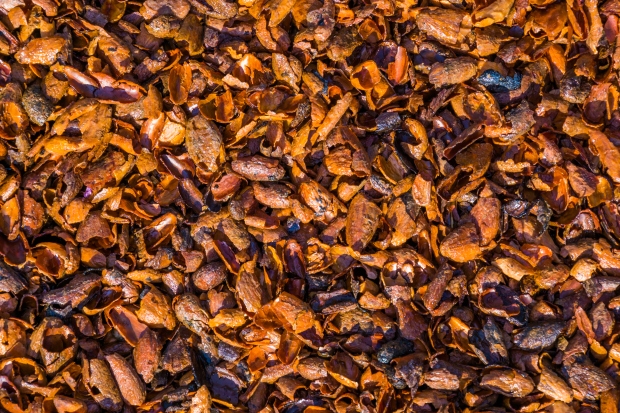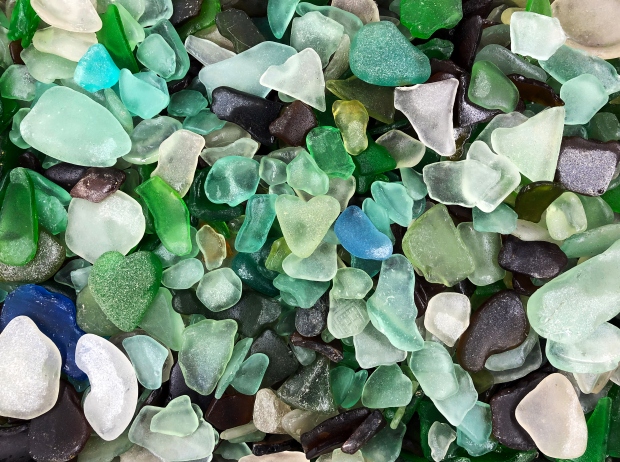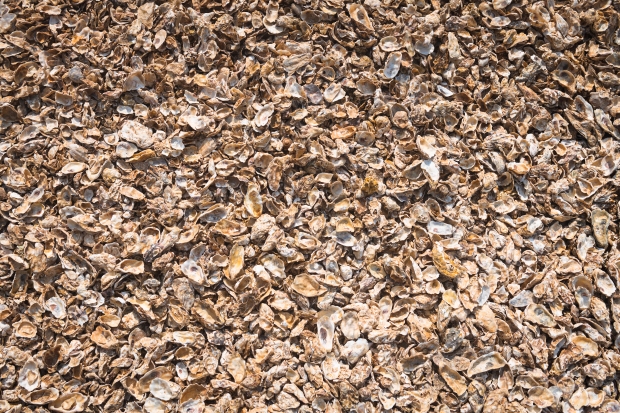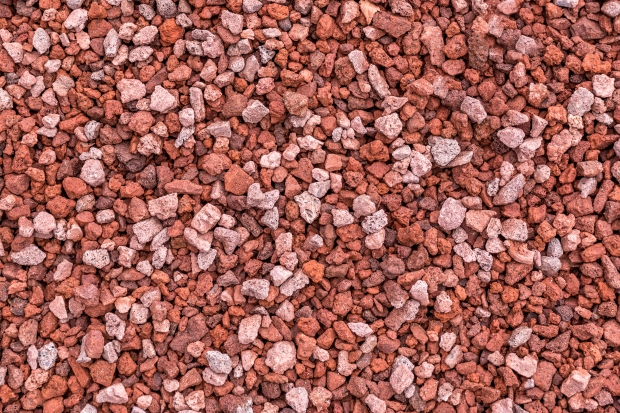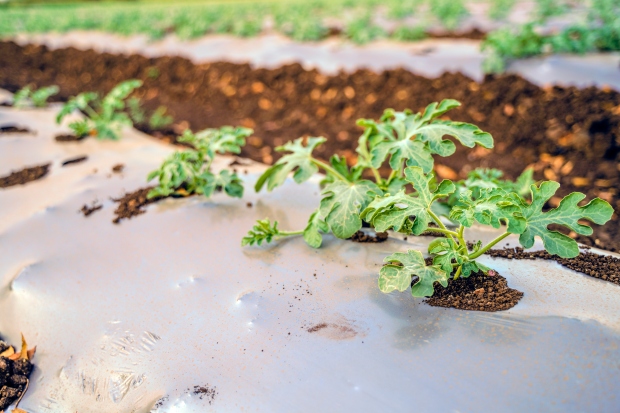Tips to Prepare Bird Food That Attracts Birds
Birds need to consume high amounts of calories every day to survive, and a garden with right seeds and proper feeder helps wild birds to thrive.
Birds need to consume mind-boggling amounts of calories every day just to survive, and feeders help wild birds to thrive.
For example, a chickadee eats one-third of their body weight per day, whilst a hummingbird burns off around 10,000 calories in 24 hours (that’s four times more than the average man!). Providing easy access to seeds is a simple but important way to support native birds and help them flourish.

Greenfinches and Goldfinches on and around a bird feeder
Toss into the mix the energy demands of raising chicks, long migratory flights, or even molting and you see why bird feeders matter. It could be vital all year round, from the harsh weather of winter to the baked hard ground of summer, because life’s tough for wild birds.
Choosing the right birdfeeder
There are many different types of bird feeders, and the right choice depends on the bird species and what they eat.
Traditional bird table
This is a tray or platform raised above the ground. The bird table is popular for a reason, in that it’s suitable for all foods and accessible to most birds. The traditional bird table is mounted on a pole, but there is also a wide variety of hanging platforms available, with the advantage of being harder for predators to access.
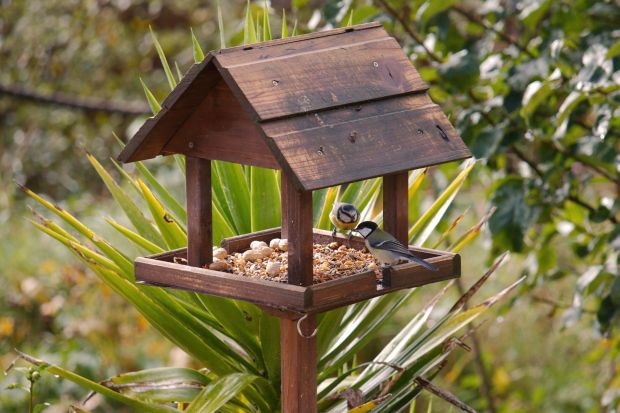
Garden birds feeding from a bird table
Trays
Simply place a tray feeder are placed on the ground and to limit the mess when feeding ground-dwelling birds. Just add corn, peanuts, or sunflower seeds to attract doves, ducks, pheasants, and quail.
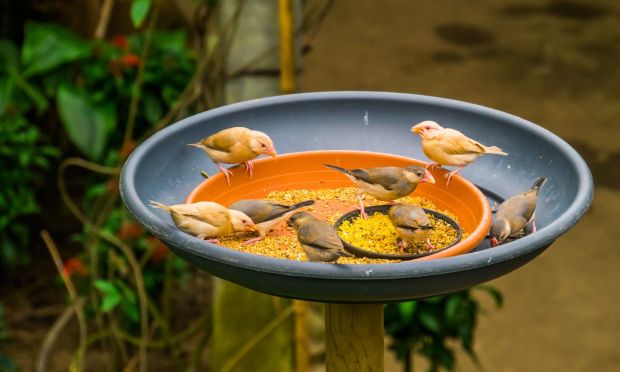
Small birds sitting in a feeding tray
Tube feeders
As the name suggests, tube feeders are a hanging tube (to contain the seed), with feeding ports for the birds. When made from metal mesh, tube feeders allow birds to hang in a natural feeding position. Birds likely to visit include chickadees, finches, sparrows, titmice, and even some larger birds such as jays.

Coal tit feeding from a tube feeder
Nyger feeders
These are a similar design to tube feeders but made from a fine gauge mesh. This contains the small nyger seeds and allows birds with small beaks, such as finches, to get at the seeds.

Lesser redpoll feeding from a Nyger feeder
Hopper feeders
Hopper feeders are a container that stores enough seed for several days. The food is accessed via a tray or feeding ports at the bottom. Hoppers have the advantage of keeping the seed dry in wet weather, but on the downside may encourage condensation and spoilage. Birds found at hopper feeders include buntings, cardinals, chickadees, finches, grosbeaks, jays, and titmice.
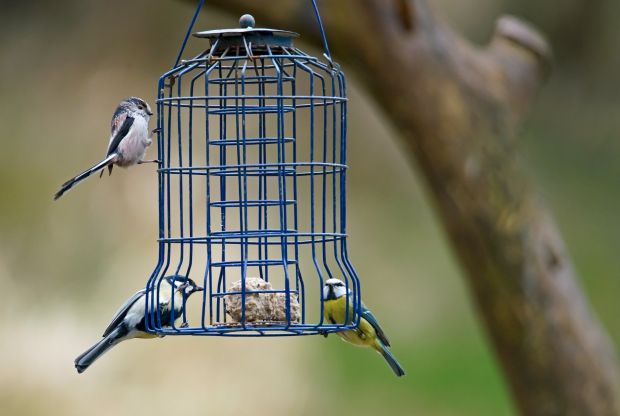
Reat tit, long tailed tit and blue tit on a bird feeder
Nectar feeders
This feeder is different in that they hold liquid nectar for hummingbirds or oriels to drink via sipping ports. Nectar feeders can be hung from tree branches, mounted on hooks, or even attached to a window.
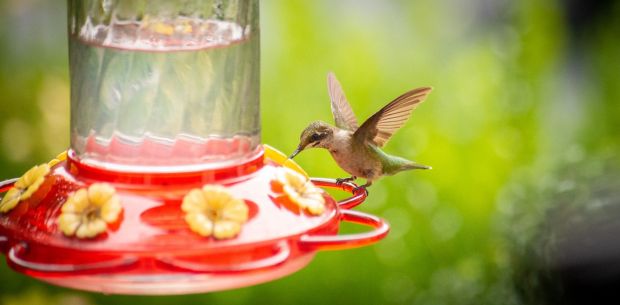
A juvenile hummingbird approaches a nectar feeder
Suet feeders
To attract woodpeckers and nuthatches, suet (beef or sheep fat) feeders are the way to go. These are a hanging mesh basket that allows the bird to peck at the suet inside. The bird can comfortably grip the feeder, like a woodpecker pecking at a tree trunk.
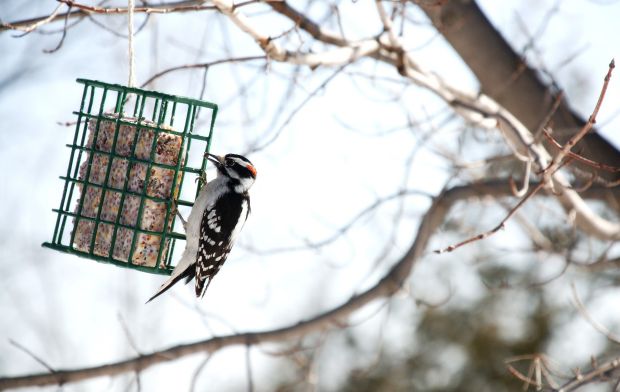
A downy woodpecker feeding from a suet feeder
Offer the right birdseed
Not all seeds are suitable for all birds and indeed offering cheap bird food bulked up with fillers may harm certain species.
Choosing a good seed mix
Healthy seed means healthy birds, so offer good quality seeds that are fresh and free from spoil. Avoid mixes bulked up with cheap fillers such as lentils, split peas, milo (birds rarely eat it in the wild), rice, and grains. Also, avoid foods containing crushed dog biscuits, as these should not be eaten dry.
Check the mix looks fresh and is free from dust, mold, insects, empty shells, or debris; and that the seeds have not been treated with insecticides which are toxic to birds.
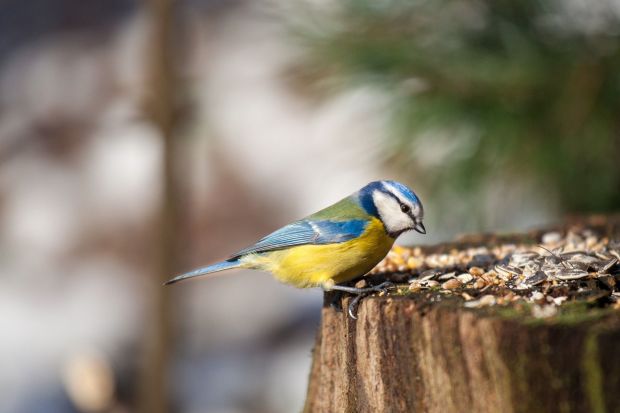
A blue tit and its food
Seed-by-seed
Different species prefer different seeds, and offering a variety increases the range of feathered visitors to the table. Here is a brief guide:
Black sunflower seeds
These high-fat, slim seeds with an easy-open husk are firm favorites with blackbirds, cardinals, chickadees, doves, finches, grackles, grosbeaks, juncos, nutcrackers, nuthatches, and house sparrows.
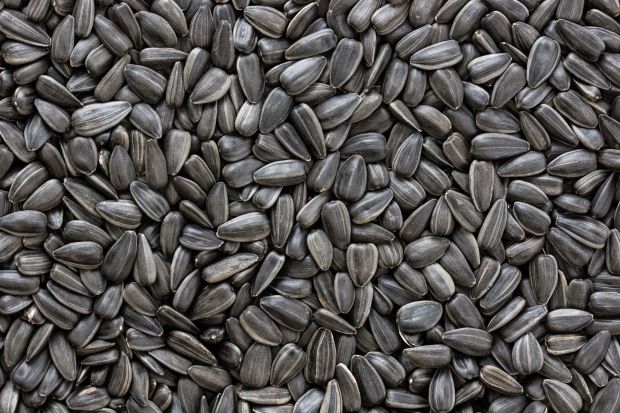
Striped sunflower seeds
An excellent all-round seed just like the black sunflower seed, but the shell is harder to crack. This may discourage smaller birds, such as finches and sparrows from feeding, but remain hugely popular with cardinals, grackles, jays, and woodpeckers.
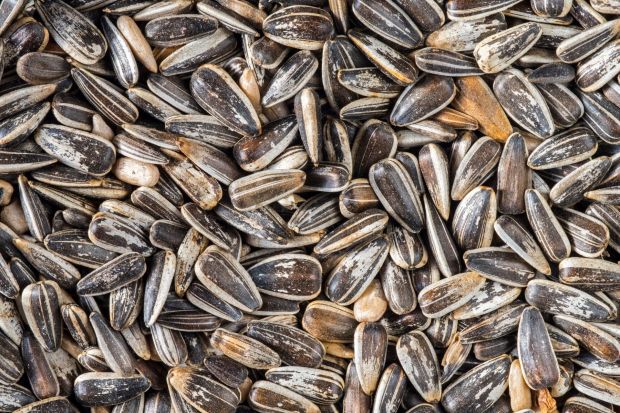
Hulled sunflower seeds
Sunflower seeds without a tough outer hull are a valuable easy-access, high-fat food that attracts a wide variety of birds including doves, goldfinches, titmice, and towhees, to name but a few. The lack of a shell also makes for less mess on the ground.
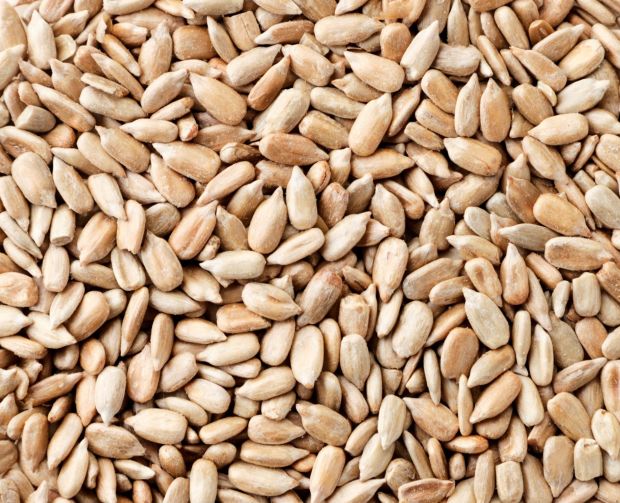
Whole and cracked corn
Whole kernel corn is too big for smaller birds to eat but great for their larger cousins such as crows, ducks, grackles, jays, and ravens. Cracked corn, as the name suggests, is smaller, making it suitable for blackbirds, cowbirds, juncos, quail, ravens, starlings, and towhees.
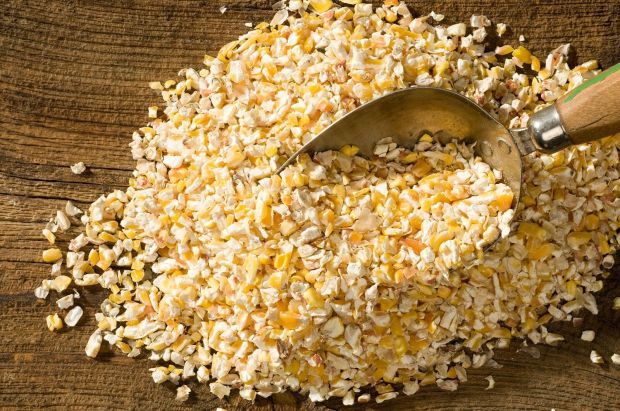
Nyger Seeds
Nyger (thistle) seeds are a small black seed, imported from India or Ethiopia. These seeds spoil easily so it’s important to source fresh, heat-sterilized varieties. Use these to attract birds such as the chickadee, doves, goldfinch, house finch, purple finch, and pine siskin.
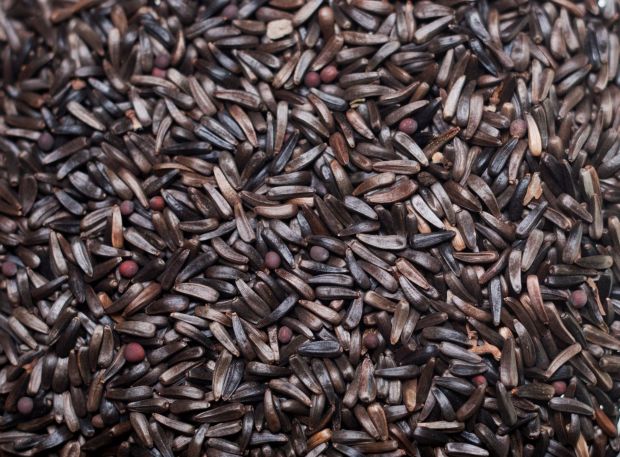
Peanuts
Peanuts have a lower fat content than sunflower seeds and are ever popular as bird food. Shell-on peanuts are only suitable for birds with powerful beaks such as magpies, crows, and some woodpeckers. Hulled peanuts should only be fed unsalted, and are loved by bushtits, chickadees, cowbirds, crows. grackles, magpies, and ravens.
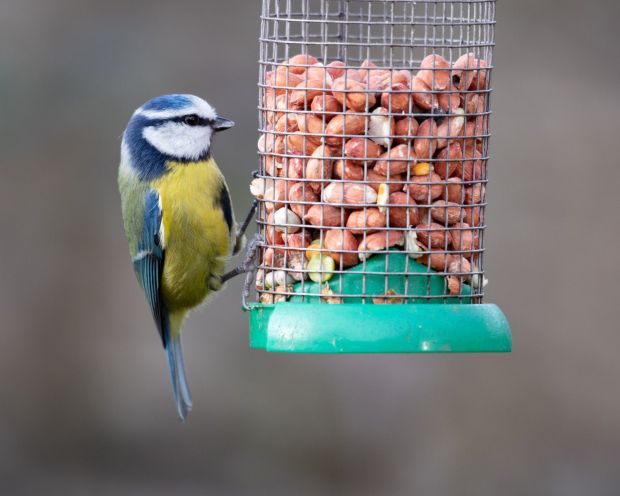
Safflower ceeds
Small but with a surprisingly tough shell, this power-packed seed is too much like hard work for grackles and starlings who prefer easier pickings. However, safflower seeds are nourishing for more determined birds including many finches, cardinals, chickadees, nuthatches, and titmice.

Suet
Although not a seed, suet deserves a special mention as a good source of energy for many wild birds such as chickadees, nuthatches, and woodpeckers. Just be careful to remove any plastic netting before putting the suet in a feeder, as birds may become tangled.

Sugar water
Sugar water in a nectar feeder attracts hummingbirds and orioles. Commercial nectar formulations are available, but a home-made version using one-part white sugar to four parts water is just fine.

White proso millet
White proso millet is the equivalent of millet caviar and much loved by ground-feeding birds, such as cardinals, doves, juncos, sparrows, and towhees. Try to avoid red millet, which is inferior and may go uneaten.

Where to put the birdfeeder
When choosing the best spot, think like a bird looking for shelter, peace, and safety. Choose a quiet, sheltered spot in the yard, where the birds can to feed undisturbed.
Also, try mounting the feeder on a shepherd’s hook or similar, making it more difficult for predators to reach them.
Birds are creatures of habit and will become confused if an existing bird feeder is moved. To attract yet more birds to the yard, place additional feeders in new locations.


